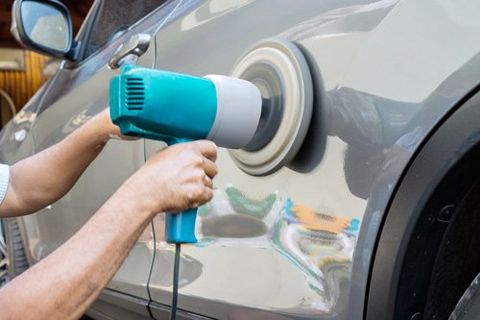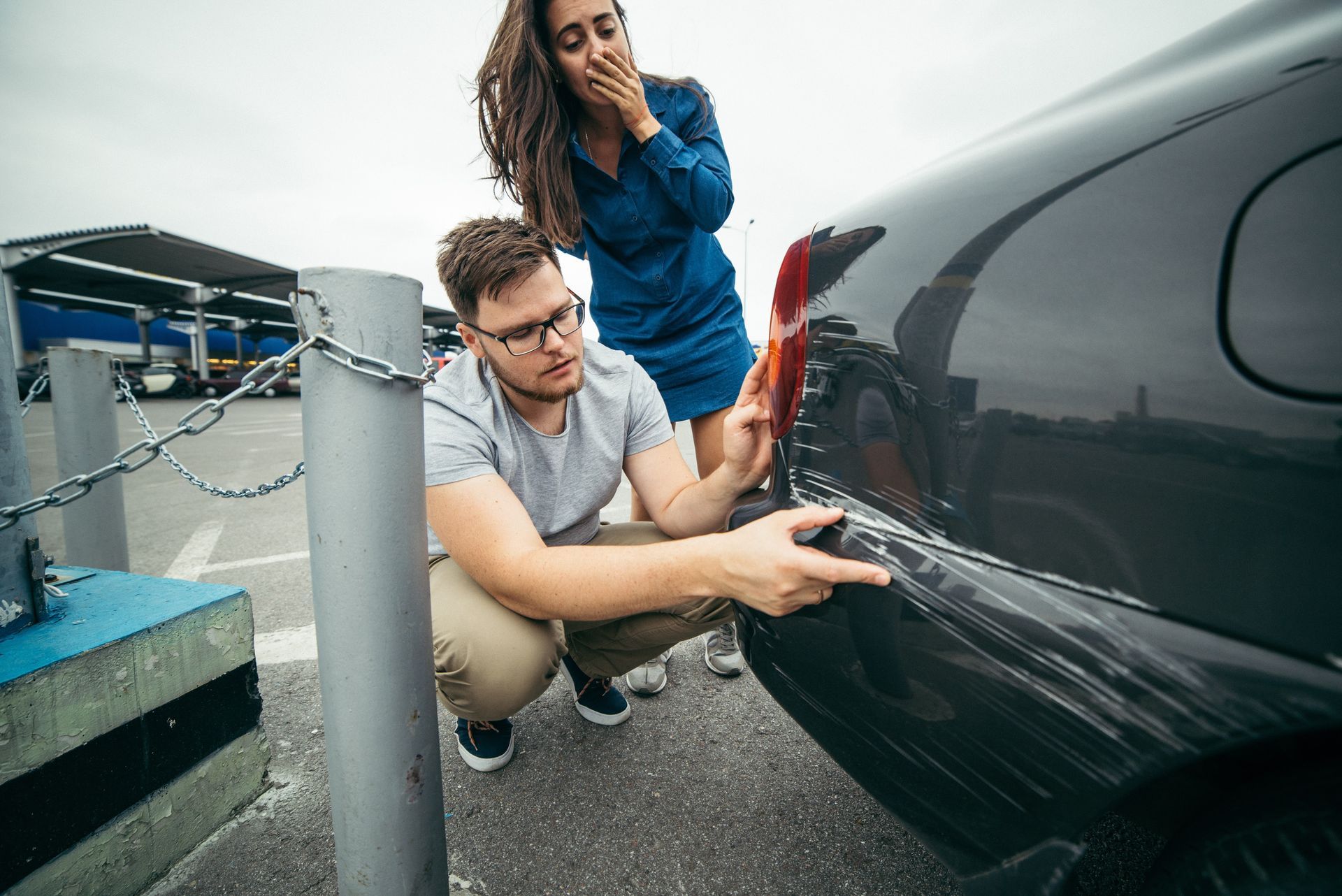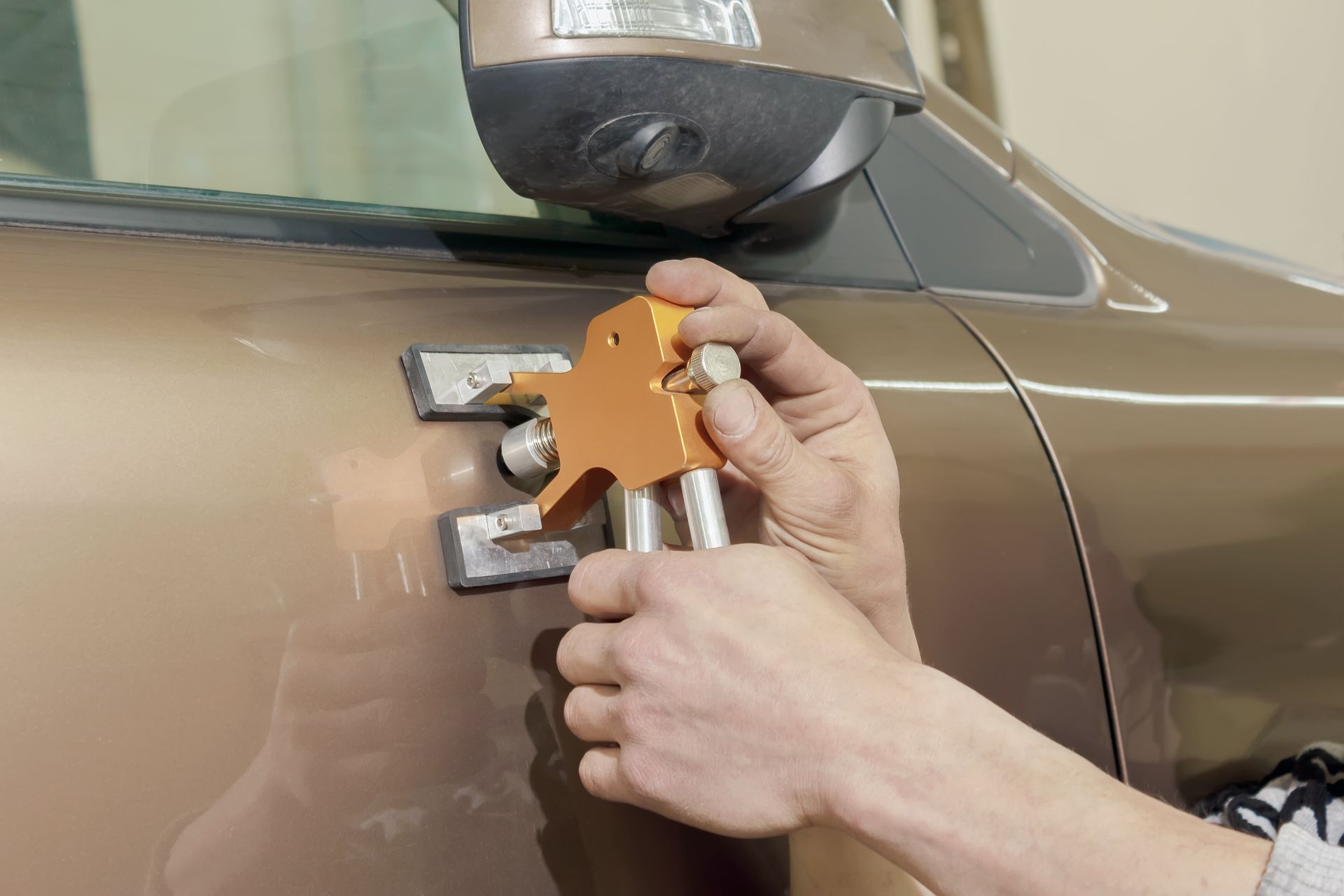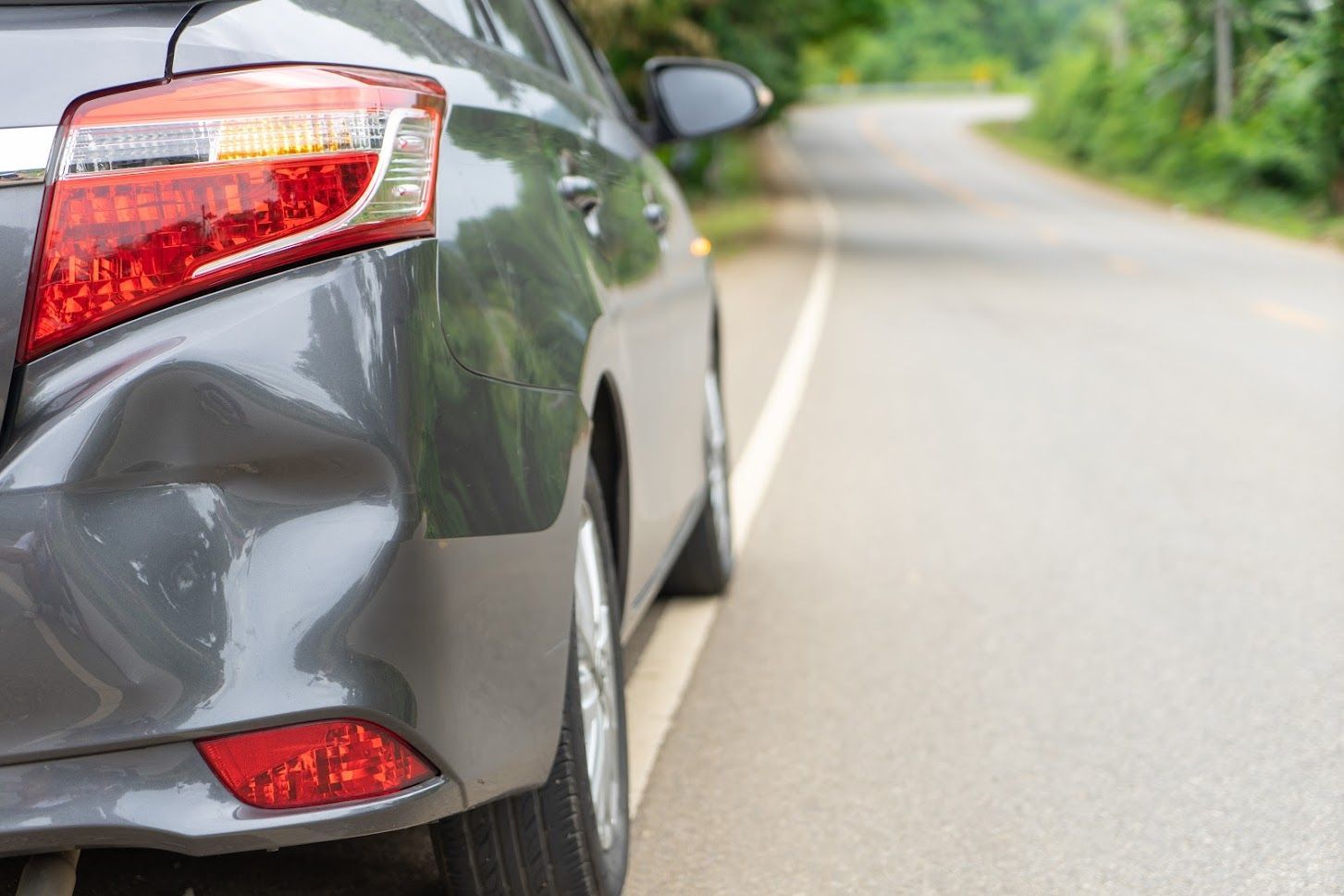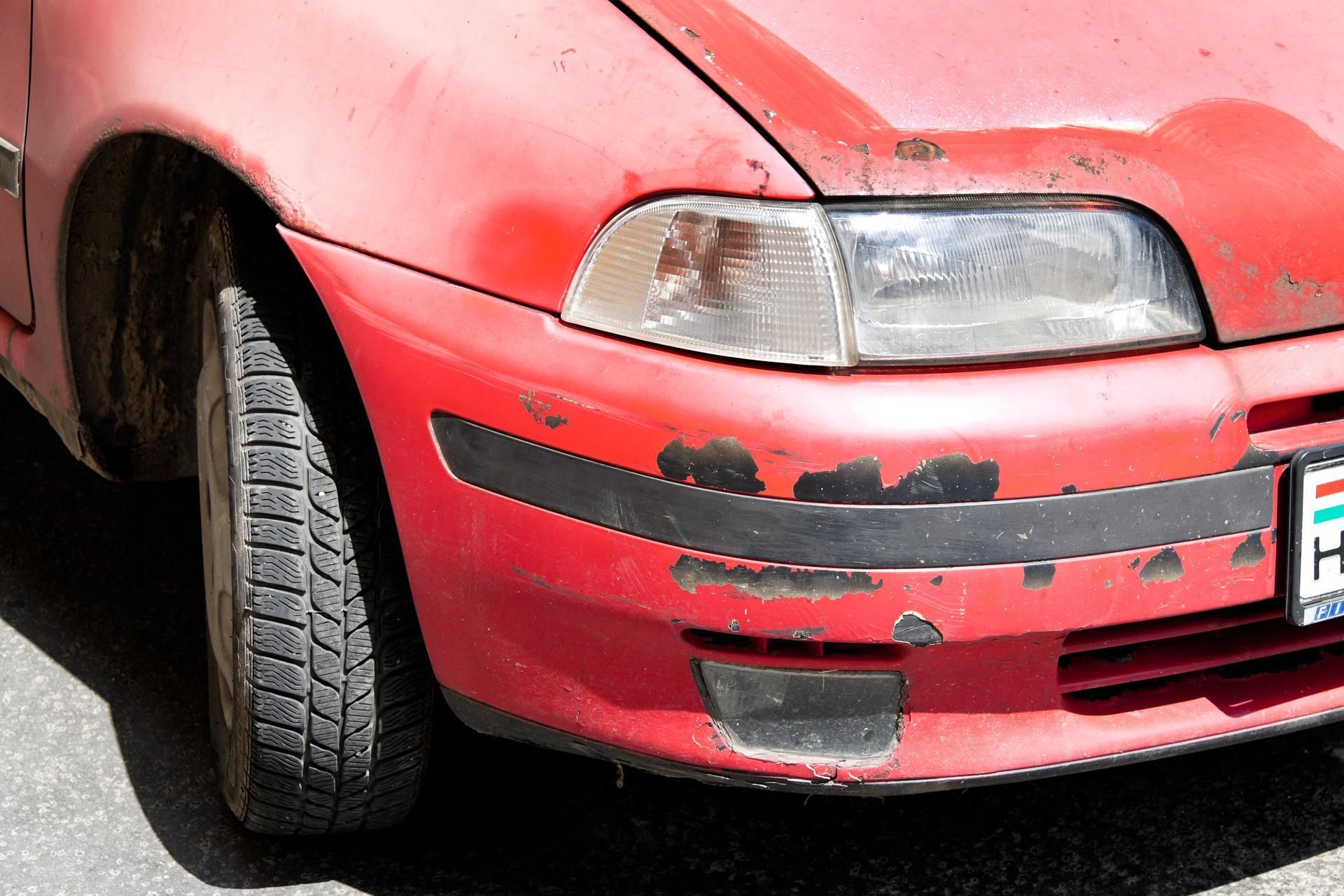Contact Us For A Free Estimate Today!
Garner Location Has Been Closed, Please Visit Our Raleigh Location.
Auto Body Serving:
Blog Layout
3 Exciting Trends in the Auto Body World
websitebuilder • Jun 04, 2018
Most people don't think twice about their car's body — at least, not until they get into a fender bender. Yet manufacturers think long and hard about the materials and designs used to shape their automobiles.
This process of constant refinement has lead to the development of numerous cutting-edge technologies. Such technologies not only affect car body materials, but also how they are constructed and the sorts of maintenance they require.
Many of the technologies being developed today remain largely unknown to consumers. This article takes a closer look at three up-and-coming trends at play in the auto body world.
1. Aluminum Bodies
Historically, manufacturers have always constructed car bodies out of steel. Not only does steel have an incredibly high degree of strength, but it can also be reshaped with relative ease if dented or bumped. Yet steel has one huge drawback: it weights a lot. In fact, steel makes up 65 percent
of the total weight of an average vehicle.
All of that heavy steel greatly increases the amount of gas your car consumes. In an effort to create lighter cars and trucks, many manufacturers have begun to experiment with aluminum bodies. Aluminum has long been embraced as a construction material by the aerospace industry, thanks to its ability to combine high-strength with low-weight.
Most notably, several years ago, Ford introduced an aluminum version of the F-150 that weighed a whopping 700 pounds less than its steel equivalent. This profound weight reduction allowed Ford to utilize more V6 engines, which offer much more efficient gas consumption than V8 engines.
To be fair, consumers haven't been quite as eager as Ford hoped to embrace aluminum trucks. Yet the benefits of aluminum will only continue to grow as gas prices climb higher and efficiency regulations become stricter.
2. 3D Printing
3D printing has been the source of much excitement in recent years, as design software and printing technology have both undergone exponential growth. One San Francisco company has even created a prototype 3D-printed car
, whose chassis contains 61 pounds of 3D-printed aluminum.
Those in the automotive industry have a lot of confidence that 3D printing technology will make a bigger and bigger impact as time goes on. In fact, one recent report predicted that by the year 2025, 3D printing will have generated $4.3 billion for the automotive industry.
The impact of 3D technology will be especially huge in the auto body repair sector. Ultimately, body shops will have the ability to easily print new panels and other components to repair collision-damaged cars.
3. Aerodynamics
To be fair, aerodynamics did not just recently become a trend. On the contrary, manufacturers have long taken an interest in boosting the performance of cars through smart design choices. Yet in an age of increasing concerns about gas mileage and overall efficiency, car designers have taken a much more aggressive interest in aerodynamic performance.
Aerodynamics has two main goals when it comes to cars: minimizing lift and maximizing downforce. Lift occurs when air passes under or around a car in such a manner that it creates an upward force. Such lifting forces create unwanted drag, while also leading to more difficult handling and turning.
Downforce, on the other hand, has a generally beneficial effect. Downforce combats lift, ensuring that your car remains as firmly planted on the ground as possible. Unlike lift, downforce works with the momentum of your car to reduce the amount of drag you experience moving forward.
Auto body design continues to evolve at a rapid pace. The process of constant refinement has lead to safer, sturdier, and more attractive cars. For more information about exciting trends in the auto body world, please contact the pros at Coats Auto Body and Repair.
Share
Tweet
Share
Mail
Browse Our Website
Contact Information
Email:
Coatsbodyshop1@aol.com
Coats Auto Body and Repair
Phone:
Estimates by Appointment Only
Share
Tweet
Share
Mail
Share
Tweet
Share
Mail
Hours of Operation
- Mon - Fri
- -
- Sat - Sun
- Closed
Appointments Available
24-Hour Emergency Service
Towing after hours please contact Andrew's Towing at (919) 744-6521




Content, including images, displayed on this website is protected by copyright laws. Downloading, republication, retransmission or reproduction of content on this website is strictly prohibited. Terms of Use
| Privacy Policy

